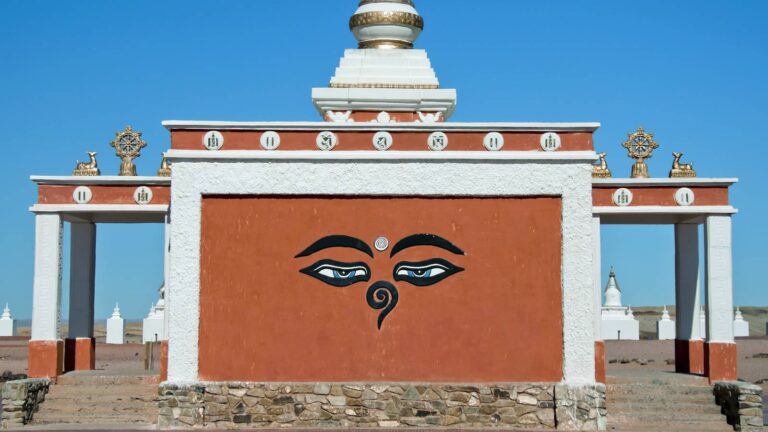Getting There
The reserve lies about 300 km (190 mi) southeast of Ulaanbaatar. It features a region of rocky outcrops in a predominantly arid steppe area. Between the rocks there are clefts and ravines, and many abandoned mines, and there are springs and ponds in the Ikh Nart Valley. Willows and elms grow in sheltered positions and the area provides shelter for livestock in winter.
What to Expect
There are more than two hundred species of plant in the reserve. Grasslands, shrubby areas, valleys and rocky outcrops are among the habitat types found in the locality, and the balance of the plant species depends much on whether it is a wet year or a dry one.
In a wet season Allium species tend to predominate, along with fringed sagewort (Artemisia frigida) and other sagebrush species (Artemisia). In dry years the dominant vegetation is grasses including feather grasses (Stipa spp.) and wheatgrasses, and shrubs such as Caragana and the Gobi apricot.
History
This 670-sq-km nature reserve, only a four-hour drive from Ulaanbaatar, at an elevation of 2200m, is home to hundreds of ibexes (mountain goats), argali (big-horn sheep), gazelles, black vultures, wolves and other wildlife. There are 10 nomadic herder families living in the park, which is studded with spectacular glacial rock formations, their winter corrals built into red cliffs. Aside from the remote location, one of the reasons there is so much wildlife here is because of the water.
Facilities Available
No facilities

